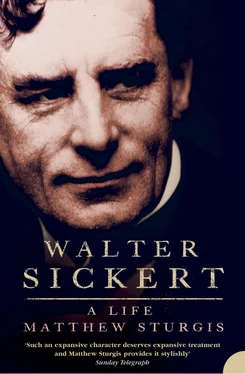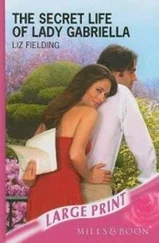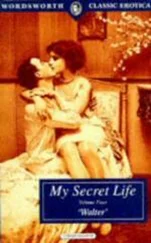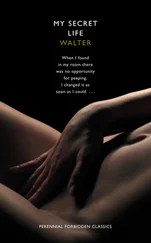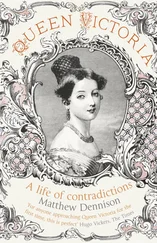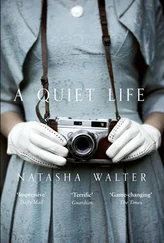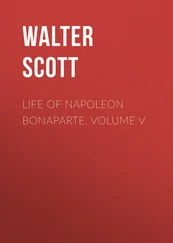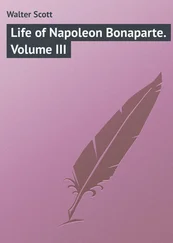Those mistresses rash enough to fall in love with him were almost invariably disappointed. 77 They soon discovered that his real and enduring passion was reserved for his art. An affair, to him, was no more than a stimulating recreation, a rest from the business of picture making. And picture making for Sickert had its own almost sexual thrill. He characterized the starting point of any painting as the artist’s ‘letch’ to record a particular scene (and the success of the picture could be judged on the extent to which it communicated that ‘letch’ to the viewer). 78 Throughout 1888 Sickert’s strongest and most recurrent ‘letch’ was for the darkened interiors of London’s music halls.
He stayed on in town late that summer, and was still hard at work during the first week of August when he learnt that Whistler, who had broken with Maud Franklin, was to marry Beatrice Godwin. (She had never divorced Godwin but he had died two years previously. 79 ) They made a happy and devoted pair. Beatrice, moreover, was supported by a close band of siblings, who could help her to provide Whistler with a new milieu, and a new stability, at a moment when – ousted from the RSBA – he might otherwise have succumbed to feelings of vulnerability and rejection. This new domestic circle came to provide a first forum for his thoughts and feelings on the great topics of his life: his work, his reputation, and his enemies. Sickert, like the other followers, found himself freer to pursue his own interests. But only so far. Even from a distance Whistler maintained a jealous watch over the doings of his disciples, ever ready to discern acts of presumption or betrayal. Sickert was fortunate to have an ally in Beatrice. She promoted his cause, and ensured that relations between master and erstwhile pupil continued happily, at least for the while. *
Soon after Whistler’s marriage Sickert went over to France for his holiday, but without Ellen. His mother had taken a house at St Valéry-en-Caux, just down the coast from Dieppe, and was there with Bernhard, Oswald, and Leonard. 80 After the pressures of his London work, Walter had a chance to unwind. He found the small fishing village ‘a nice little place to sleep & eat in’, which, as he told Blanche, was what he was ‘most anxious to do now’. 81 The appetite for work, however, very soon reasserted itself. He and Bernhard spent their days in swimming and painting. It was an ideal regime, and Mrs Sickert was able to report that both her older sons ‘look & are very well’. Walter was encouraging his brother to experiment with pastel and asked Blanche to send over some special ‘glasspaper & sandpaper canvas’ from the Dieppe art-supply shop for Bernhard to work on. The medium was one of Degas’ favourites, and it was being promoted in England through a series of Pastel Exhibitions at the Grosvenor Gallery. Shortly before crossing to France, Walter had spent a happy hour with the gallery’s new director, Paul Deschamps, looking at some Degas pictures they had in stock. He felt confident that under the new regime the Grosvenor’s annual pastel show ‘should become a sympathetic Exhibition’. 82 He persuaded both Blanche and Bernhard to send to it. 83 Strangely, though, there is scant evidence that Walter himself was working in pastel at this period. Perhaps he felt obliged to leave the ground clear for his easily discouraged brother. † Sickert concentrated his own energies on painting and drawing, producing amongst other things a bright little panel of the local butcher’s shop, its red frontage flushed in early autumnal sunshine. The motif was Whistlerian but the definition of the painting, and the boldness of the colour, brought it closer to the world of Manet and Degas. 84 He also – in a yet more obvious homage to Degas – made numerous detailed studies of a laundress working away with her smoothing iron. 85
By early October Sickert was back in London. He found the city in a state of simmering hysteria. Over the previous eight weeks, five East End prostitutes had been murdered and horribly mutilated by an unknown attacker. The two most recent victims had been discovered in the early hours of 30 September. A dedicated killer was on the loose. Theories as to his – or her – identity abounded. The press and the terrified public vied with each other to produce plausible culprits. The killer, it was thought, might be a Jewish immigrant, or a common vagrant, a released lunatic, a rogue slaughterman, a deranged butcher, a jealous prostitute, a mad doctor, or a neurotic medical student. There was even the suggestion that the killings could be the work of a giant eagle. 86 Theories were many, reliable leads few. The police, despite making numerous arrests, seemed no nearer to charging anyone. On 3 October they took the step of publishing two anonymous letters they had received from someone claiming to be the murderer. The first was signed ‘Jack the Ripper’. The publication did little to advance the police investigation (it is now generally supposed that the letters were the work of a crank or a journalist), but it did provide the killer with a name – one that was at once taken up, and has never been put down since. Sickert appreciated the drama of the moment. He loved mysteries, and he knew the East End from his days acting at the Shoreditch Theatre and his more recent visits to the outlying music halls at Poplar, Canning Town, and the Mile End Road. 87 The general state of panic did nothing to curb his own nocturnal rambling. Almost as soon as he returned to London he resumed his evening studies in the stalls at Collins’s Music Hall on Islington Green. 88 He was probably more amused than alarmed when, walking home late one evening through King’s Cross, he passed a group of girls who fled from him shouting ‘Jack the Ripper, Jack the Ripper’. It was the only time during his life that anyone suggested that he was the killer. *
There was one more murder, that of Mary Kelly on 9 November. After that, the terror gradually subsided but, as no one was ever caught, the mystery endured. It was supposed that the killer had fled the country or committed suicide. Sickert, however, had other things to concern him. Blanche came over to London briefly for the opening of the Pastel Exhibition at the Grosvenor. He was grateful to Sickert for effecting the entrée and, in what was becoming a regular ritual of exchanges, presented his friend with a picture. The meeting gave them a chance to lay plans. Sickert hoped that Blanche might persuade his friend Helleu to become a member of the NEAC. Such an ‘incontestable mâitre’ would be a useful addition to the ranks. 89 Sickert also advised Blanche to send something to the RSBA winter show, if only ‘to keep the pot boiling’, and, forgetting the complications that must ensue, even suggested that he might submit something boring himself. 90 In the event, he recalled his duty to Whistler and felt it wisest not to offend his former master by sending to Suffolk Street. Instead he exhibited one of his small panel pictures – a view of the ‘bains du Casino’ at Dieppe – at the less contentious Institute of Painters in Oil Colours. 91 It was a useful means of keeping his name, and his work, before the public.
* Whistler exhibited his painting of Ellen. Mrs Sickert thought it ‘not a scrap like her but … a fine picture and interesting’ (to Mrs Muller, 1887). The canvas was subsequently destroyed.
* Two of the pictures were, however, admired by the representatives of Liverpool’s annual Art Exhibition, and were selected for inclusion in their show at the Walker Art Gallery that autumn.
* Rose Pettigrew, a young model (sometimes used by Whistler, and etched by Sickert in 1884), recalled Beatrice advising her against having an affair with Steer, who was in love with her, on the grounds ‘that Sickert was much more clever than Steer [as] time would tell’ (Laughton, Philip Wilson Steer , 119).
Читать дальше
